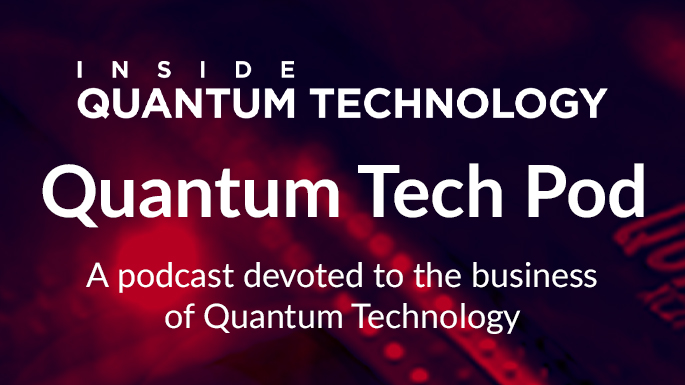Diamond Quantum Sensors May Be First Quantum Devices on Market

The evolution in synthetic production of diamond has enabled new and advanced applications – each exploiting a different characteristic of this ‘wonder’ material. The ability to make 12C isotopically purified diamond has opened doors to exciting novel quantum technology applications. Diamond quantum sensors for electromagnetic field detection can potentially become the first quantum devices on the market. A promising industrial application is the very accurate monitoring of the battery economy in e.g. electric cars. One common way to measure a battery’s state-of-charge is Coulomb counting – based on measuring the in- and out-flowing current. But traditional coil-based methods are not able to measure these currents very accurately. This challenge can be overcome by using the highly sensitive diamond quantum sensors. With this precise monitoring, the driving range of the electric car can be predicted much more accurately. And this has raised the interest of electric car producers. Quantum sensors are a more sensitive alternative to giant-magnetoresistance (GMR) devices, used in satellites for navigation.
Key to these applications is the formation of a lattice point defect – the nitrogen-vacancy (NV) center – engineered in an ultrapure CVD-diamond crystal. This defect center has an electron spin state (expressing a magnetic moment), which behaves like a single spin qubit – the quantum-physical equivalent of the classical bit. A main striking property of this qubit over e.g. qubits made from superconducting materials or trapped ions and others, is its ability to operate at ambient conditions.



















